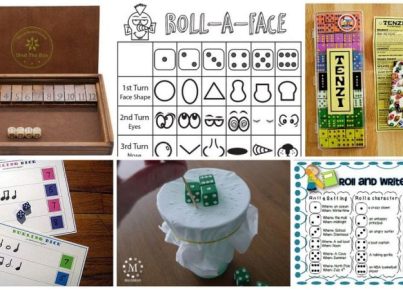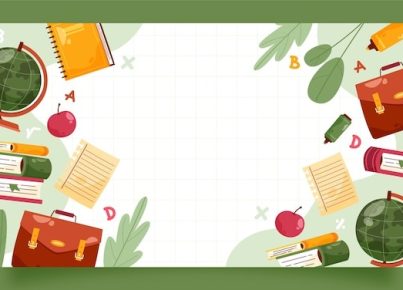In recent years, there has been a growing awareness and criticism surrounding the gendered categorization of children’s books. The persistent belief that certain books are for boys while others are exclusively for girls is a myth that deserves scrutiny and debunking.
The notion of “boy” books and “girl” books implies that there are inherent differences between what boys and girls should be interested in reading. This harmful stereotype perpetuates rigid gender roles and restricts children’s choices based on their gender, rather than encouraging them to explore a wide range of literary genres and themes.
Books should be vehicles for imagination, learning, and personal development, unbounded by gender expectations. By categorizing books according to gender, we limit children’s exposure to diverse perspectives, narratives, and characters. Girls may be deterred from exploring topics traditionally considered “masculine,” such as science, adventure, or sports, while boys may feel discouraged from exploring themes seen as “feminine,” such as emotions, relationships, or domesticity.
Fortunately, the movement against gendered categorization of children’s books is gaining momentum. Many authors, educators, and parents are advocating for more inclusive and diverse books that appeal to all children, regardless of their gender identity. Publishers are also beginning to challenge traditional gender stereotypes by offering books with more diverse characters and plotlines.
It is important for us to recognize that children are individuals with unique interests and preferences. Some girls may enjoy reading about dragons and knights, while some boys may love stories about princesses and fairies. By broadening our understanding of what is considered “boy” or “girl” literature, we can foster a love of reading in all children and cultivate their intellectual and emotional growth.
In conclusion, the myth of “boy” books and “girl” books perpetuates harmful gender stereotypes and limits children’s reading choices. By encouraging an inclusive approach to children’s literature, we can provide them with diverse narratives that inspire their imagination, broaden their understanding of the world, and promote empathy and acceptance. Let’s break free from these restrictive categories and open up a world of possibilities for all children through the power of books.





